String instruments
Spinets, dulcimer clocks and player pianos: mechanical string instruments come in various shapes and sizes.
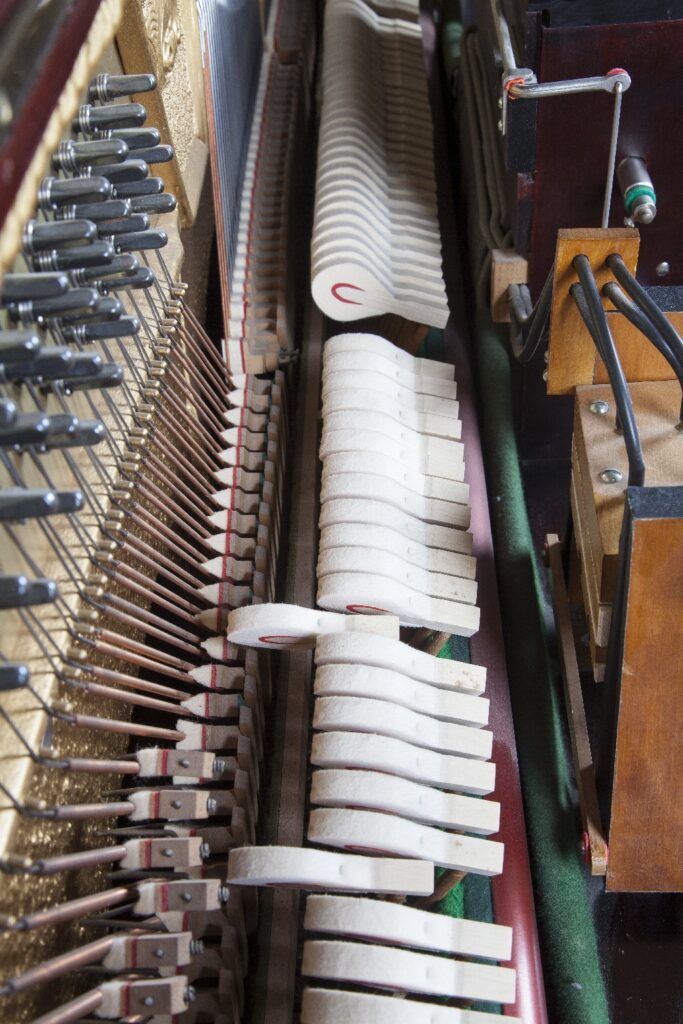

Only a few of the very first automatic spinets by builders such as Bidermann and Langenbucher in circa 1600 have survived. Dulcimer clocks were produced in the 18th century and they worked by striking strings with wooden hammers. The museum’s collection includes a dulcimer clock made by Jacob Ottsen from Schleswig, Germany. This dulcimer clock plays a collection of pieces including music by Bach.
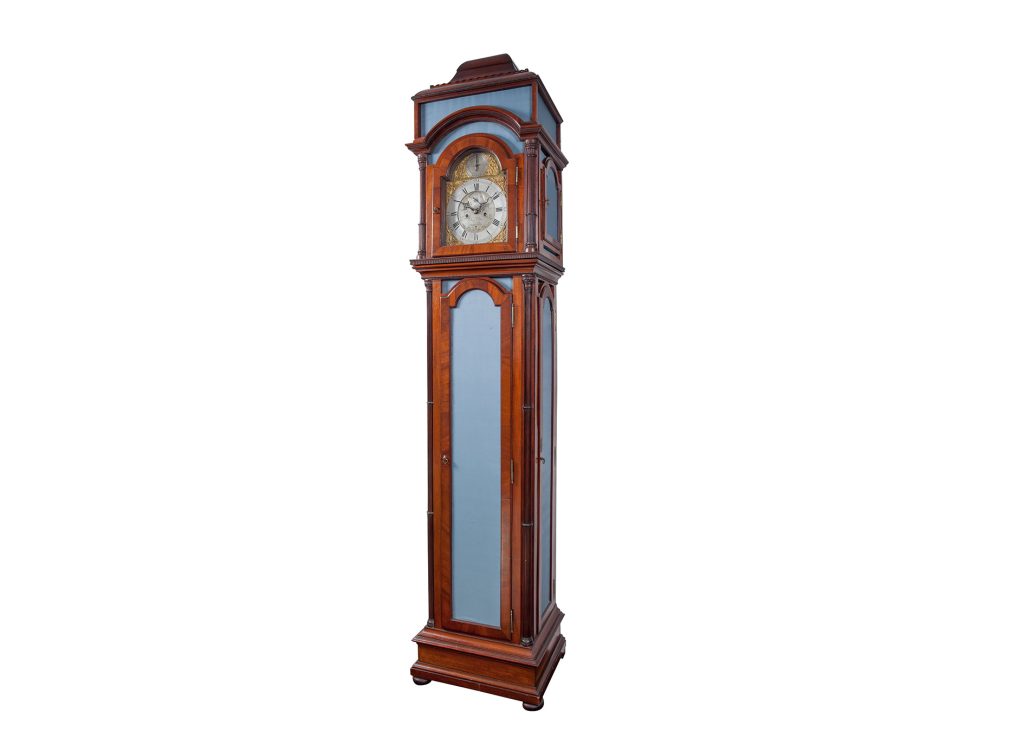
Cylinder street pianos
At the end of the 19th century, cylinder street pianos were introduced. Until the start of World War II, these manually-operated instruments which were pulled around on a handcart were especially popular in Italy, Spain and Belgium. In cafés, larger types of coin-operated cylinder pianos played. The strings were struck by leather-clad hammers; the piano usually did not have dampers. The pieces programmed often became local top hits, with waltzes, foxtrots and paso dobles taking turns at being favourites!
The metal disc, known from disc musical boxes, has also occasionally been used for string instruments. One example in Museum Speelklok’s collection is the Chordephon. On this instrument, the strings are plucked. The cardboard book that we are familiar with from barrel organs was also used for string instruments. That is the case, for example, with the Piano Melodico at Museum Speelklok which is powered by a hot air motor!
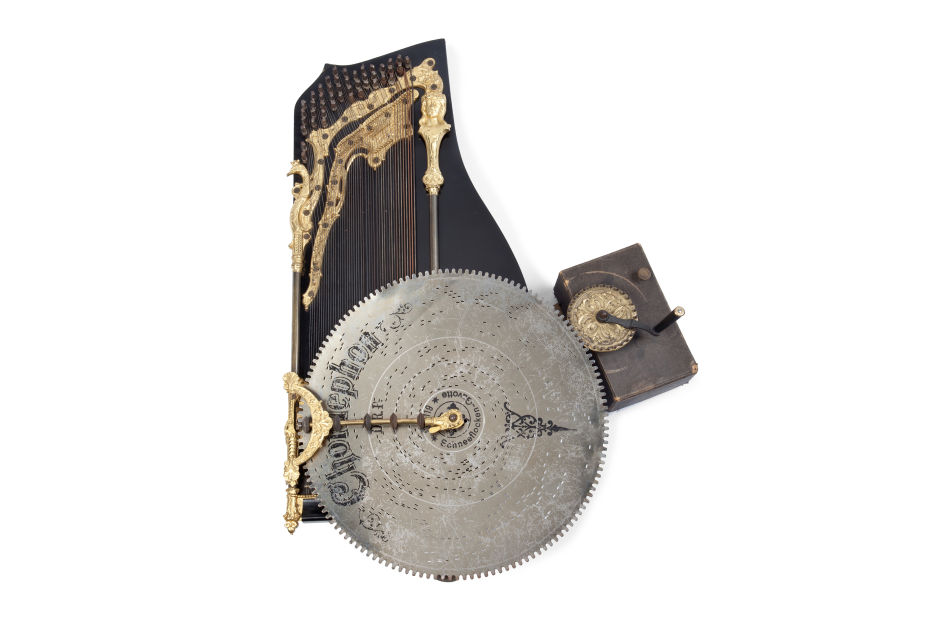
Player piano
One of the best known self-playing string instruments is the player piano. This is a piano that plays automatically using perforated paper rolls and a pneumatic keyframe but can also be played manually. The paper roll is not scanned by keys as is the case with a barrel organ but rather works ‘pneumatically’, i.e. using air. The bar which the paper roll passes across is full of holes, with each hole representing a key or stop. The holes want to continuously suck in air but are unable to do so because of the paper covering them. When a hole in the paper is uncovered, air can start flowing and a tone will sound. The widely known player piano could be found in hundreds of thousands of living rooms in the 1920s.
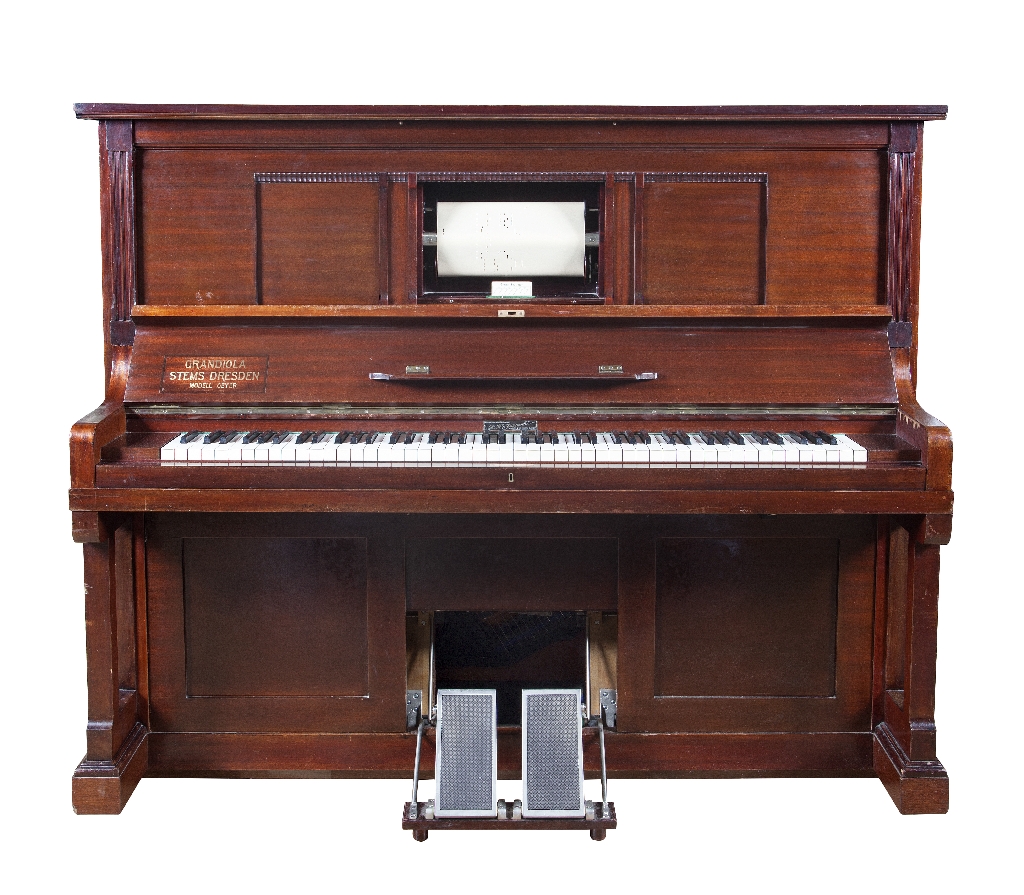
Mechanical external player
The mechanical external player is the predecessor of the player pianola. This device was set up in front of an ordinary piano so that its automatic fingers could play the music programmed on a piano roll using the keys of the keyboard. Soon the pneumatic playing system was built into the piano itself. The success of the player piano is largely due to the fact that it is possible to alternate between manual playing – by operating pedals – and high-quality automatic piano playing very easily. By operating a number of levers under the keyboard and pressing harder or softer on the pedals, musical accents could be added.
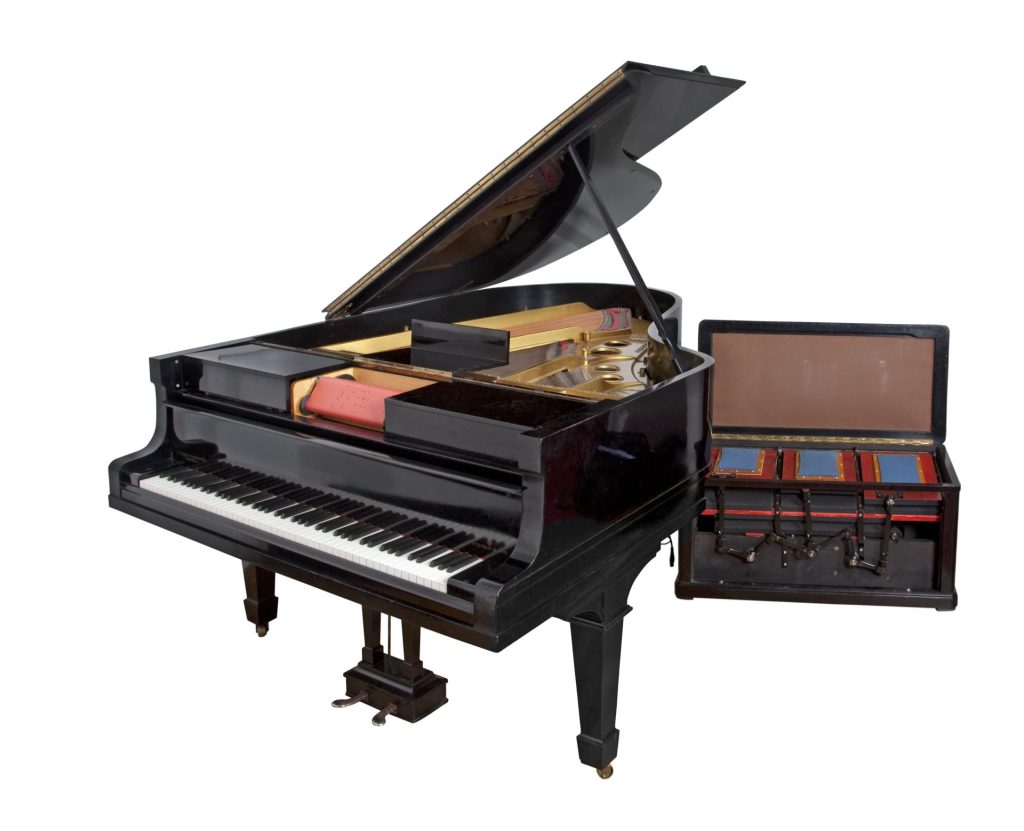
Reproduction grand piano
Reproducing the personal, true-to-life way a pianist plays, i.e. including the proper tempo, pedal use and touch, posed a major challenge for pianola manufacturers. Welte of Freiburg was the first to present a so-called reproducing piano around 1905. An ingenious mechanical/pneumatic recording system captured live piano playing in the form of dots directly on the paper roll. After the roll had been perforated, a faithful reproduction of the original playing sounded. This allows us to still listen to the live interpretations of greats such as Debussy, Rachmaninov, Horowitz and Gershwin today.
Around 1930, the pianola and the reproduction grand piano faded out due to the popularity of the gramophone and the radio. Years later, the reproduction grand piano made a comeback: with the advent of computers, recording and performance quality were able to be perfected to such an extent that the creation of a new generation of reproducing instruments was found to be feasible! For instance, Museum Speelklok owns one of the first computer-controlled Yamaha grand pianos.